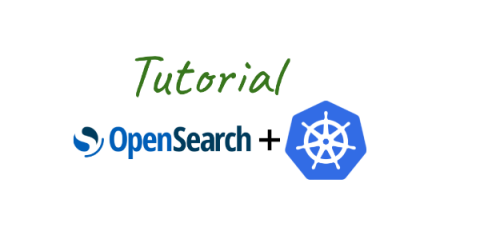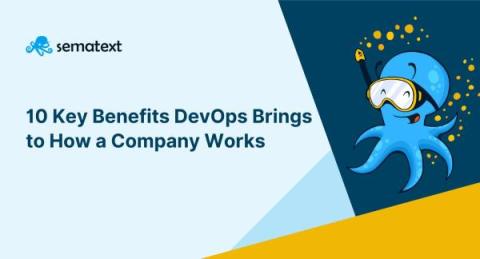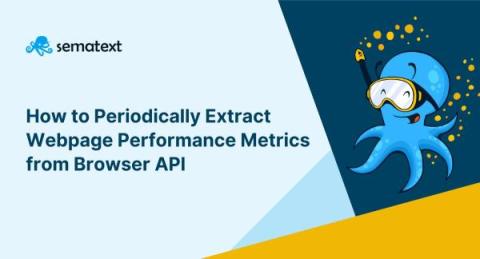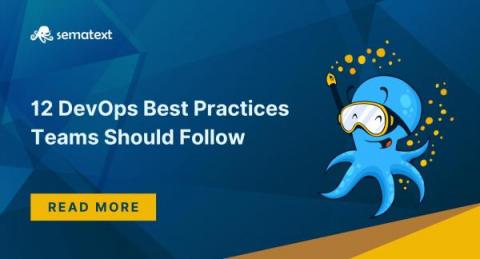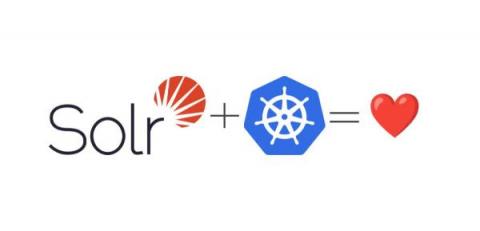Operations | Monitoring | ITSM | DevOps | Cloud
September 2023
Running OpenSearch on Kubernetes With Its Operator
If you’re thinking of running OpenSearch on Kubernetes, you have to check out the OpenSearch Kubernetes Operator. It’s by far the easiest way to get going, you can configure pretty much everything and it has nice functionality, such as rolling upgrades and draining nodes before shutting them down. Let’s get going 🙂
10 Best New Relic Alternatives & Competitors [2023 Comparison]
New Relic is a huge name in the website observability and analytics industry. They’ve carved out a space for themselves in a highly competitive monitoring space, and have garnered thousands of users and hundreds of millions in revenue. New Relic is known for its Infrastructure Monitoring capabilities, but it also has a number of other tools that are just as popular. But, New Relic is not so popular with everyone.
10 Key Benefits of DevOps
DevOps is a practice that combines software development and IT operations to improve the speed, quality, and efficiency of software delivery. By breaking down traditional silos between development and operations teams and promoting a culture of continuous improvement, DevOps helps organizations achieve their goals and remain competitive in today’s fast-paced digital landscape. To better understand how we asked engineers what key DevOps benefits they noticed since working with this approach.
10 Best Splunk Alternatives [2023 Comparison]
In the website monitoring and observability space, there are few names that hold as much weight as Splunk. Established in 2003, Splunk is highly focused on log data visualization and analysis but offers a wide range of tools to help you monitor your applications. All of that being said, just because it’s been around a while doesn’t mean that it’s right for everyone.
How to Troubleshoot Slow Web Applications With Sematext
Maintaining a smooth operation of your web application is crucial for the success of your business. When customers encounter performance issues while using your application, it will likely affect your business reliability and customer satisfaction. This can lead to churn rate increase which will cause a loss of revenue. As a Site Reliability Engineer (SRE) or DevOps professional, you would want to keep your product reliable for end users.
How to Extract Numerical Values from API Responses
Extracting numerical values from public or private JSON API responses can help you track and analyze data, easily spot trends, and alert on data that is important to your business. If you can passively have this information periodically come to you and if you can receive alert notifications when certain conditions are met, you can avoid checking each metric manually and – obviously – save a ton of time. Synthetic monitoring tools let you do these things automatically.
How to Periodically Extract Webpage Performance Metrics from Browser API
To ensure a good end user experience, smart businesses periodically gather performance data from their websites. They measure the responsiveness and speed of their services to ensure fast and reliable websites. Having a responsive and fast website improves companies’ conversion rates, keeps their reputation intact, and helps increase traffic and revenue. Website monitoring applications help determine whether the website achieves the desired response times and uptimes.
How to Track Your Company's Rating on a Website
Websites provide advisory services, research, and user reviews on SaaS companies to help users find the right product for their needs. Information and reviews shared by genuine users of your product or service is the strongest recommendation that can be received by your potential customers. This is why online user reviews are important for eCommerce and SaaS companies.
How to Extract Numerical Data from a Web Page for Dashboarding and Alerting
Over the years working as a software engineer and now a product manager, I’ve encountered multiple situations where I needed to extract numerical data from a page on a periodic basis and create visualizations, typically line charts to help me see trends over time. For example, I wanted to extract product prices and monitor them over time. Or, I wanted to query a search engine periodically and extract the number of matches or the position of a specific page for SEO purposes.
12 DevOps Best Practices Teams Should Follow
DevOps is a software development philosophy that helps organizations achieve faster delivery, better quality, and more reliable software, making it easier to adapt to changing business needs and customer demands. However, implementing DevOps can be challenging on many levels. It requires changes in culture, processes, skills, knowledge, and tools, which can encounter resistance from traditional silos within organizations. So, how can you successfully implement DevOps within an organization?
Using Solr Operator to Autoscale Solr on Kubernetes
In this tutorial, you’ll see how to deploy Solr on Kubernetes. You’ll also see how to use the Solr Operator to autoscale a SolrCloud cluster based on CPU with the help of the Horizontal Pod Autoscaler. Let’s get going! 🙂



